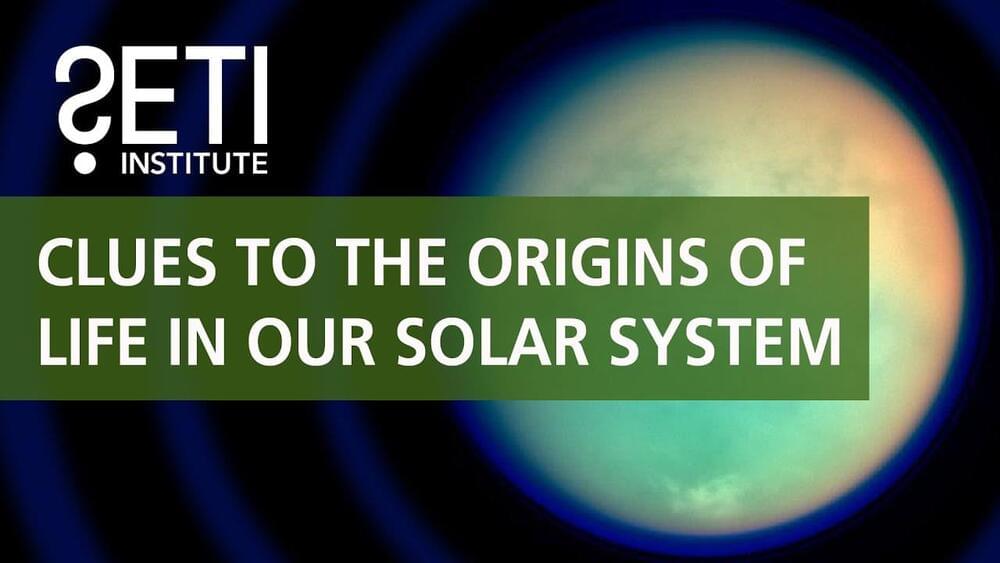When people think about the search for life beyond Earth they often think about looking beyond our solar system and even beyond our galaxy. But what about looking closer to home? Titan, Saturn’s largest moon has a dense atmosphere, an internal liquid water ocean, and stable bodies of liquid methane on its surface. While we have not found any evidence of life on Titan, its chemistry and environment make it an interesting place to explore. Europa is a moon of Jupiter with a water-ice crust and liquid ocean underneath. Its atmosphere is very thin, but it’s composed mostly of oxygen.
Zibi (Elizabeth) Turtle is the principal investigator of the Dragonfly mission which will land a drone-like vehicle on Titan to conduct sorties to sample and examine sites around Titan. Morgan Cable is also on the Dragonfly Team, and both Zibi and Morgan are working on the Europa Clipper mission which will perform reconnaissance of Europa to investigate whether it could have conditions suitable for life. Join Zibi and Morgan, along with SETI Institute planetary astronomer Franck Marchis for their discussion about what makes Titan and Europa such intriguing places to search for clues about the origins of life in our solar system.
If you like science, support the SETI Institute! We’re a non-profit research institution whose focus is understanding the nature and origins of life in the universe. Donate here: https://seti.org/donate.
Learn more about the SETI Institute and stay up-to-date on awesome science:
- Subscribe to our YouTube channel at https://www.youtube.com/c/SETIInstitute/
- Watch our streams over on Twitch at https://www.twitch.tv/setiinstitute.
- Listen to our podcast, Big Picture Science http://www.bigpicturescience.org/
- Subscribe to our newsletter https://seti.org/signup.
- Buy merchandise from Chop Shop https://www.chopshopstore.com/collections/seti-institute/SETI
Don’t forget to like and subscribe! Ring the bell for notifications of when we go live.
